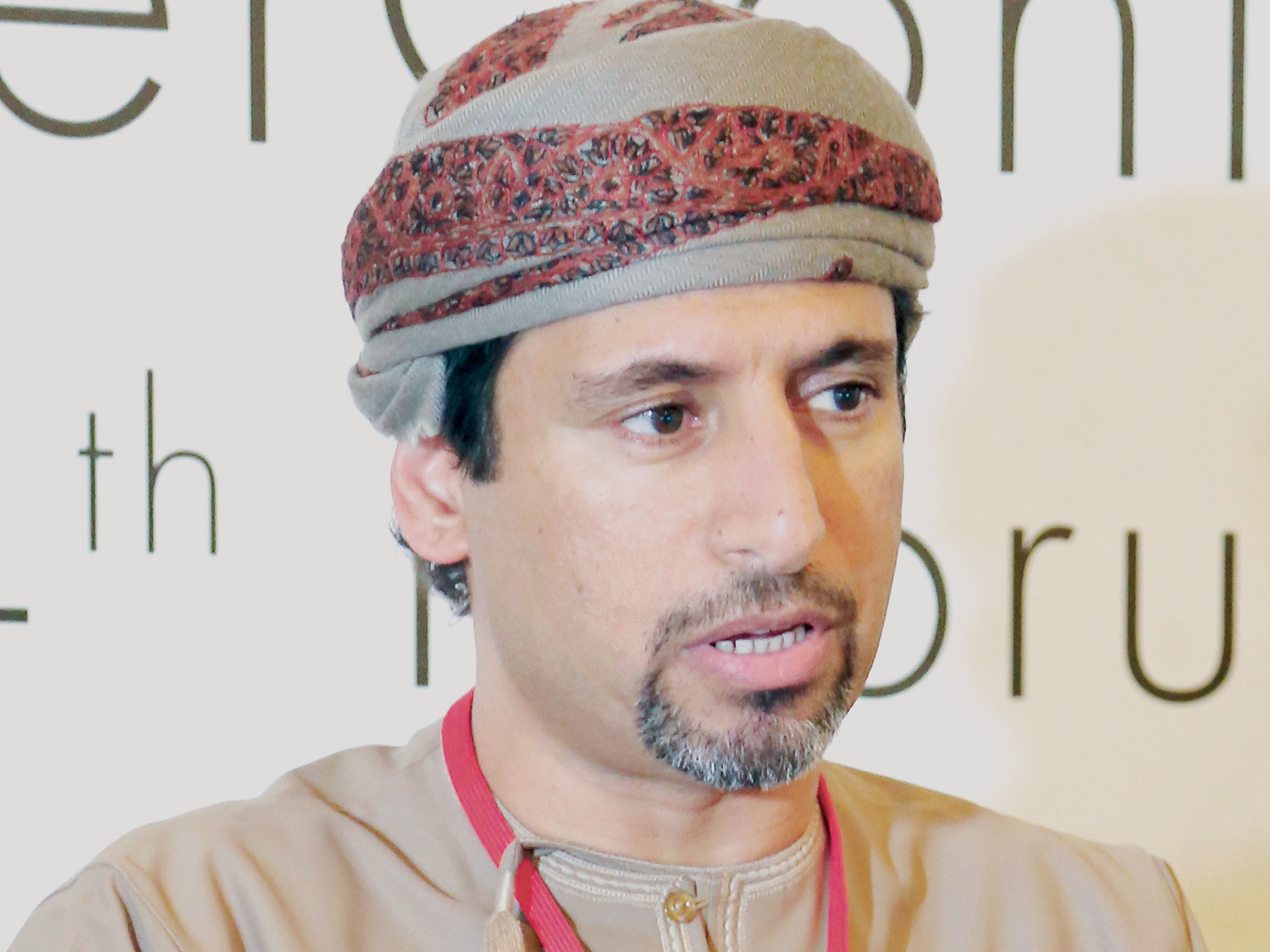

By Conrad Prabhu — MUSCAT: APRIL 1 - Around 1 billion cubic feet (bcf) per day of new gas will come on stream over the next 12 months, helping boost domestic natural gas availability by a heartening 30 per cent, according to the Under-Secretary of the Ministry of Oil and Gas. Salim bin Nasser al Aufi (pictured) said current gas volumes, which averaged just over 3.5 bcf per day in 2015, will be bolstered by 0.5 bcf per day of new output before the end of this year. “By the first quarter of 2018, we will have another 500 million standard cubic metres per day (0.5 bcf per day) coming (online), and so on,” he added while offering his assessment of the dramatic developments being witnessed in the domestic gas industry in the Sultanate.
The official made the comments while addressing executive committee members of the International Gas Union (IGU) who met in Muscat late last week. It is understood that the new volumes will be largely generated by BP Oman from Phase 1 of its Khazzan tight gas field development, large components of which are currently under commissioning.
Significantly, the Sultanate, which began its mainstay hydrocarbon sector with a predominant focus on oil exploration and development, is rapidly transitioning to a gas-based focus, Al Aufi said.
Majority state-owned Petroleum Development Oman (PDO), which accounts for a dominant share of the nation’s hydrocarbon output, is a case in point, he noted. “PDO today is almost 50:50 split in terms of barrels-of-oil-equivalent (boe) between oil and condensate on the one hand, and gas, on the other. If you take oil out of the equation, then PDO will probably be doing half of what it is doing today in terms of boe,” he remarked.
The Under-Secretary further added: “So we are changing our focus to become more and more of a gas-driven nation, as well as gas-driven (upstream) companies. And a lot of the concessions offered to the market for (exploration and development) tend to be gas blocks. In fact, a lot of interest is coming from the gas side.”
This has been further exemplified by the robust interest elicited by international companies in the 2016 Oman Licensing Round that was announced by the Ministry of Oil and Gas late last year, said Al Aufi. Two of the four blocks on offer were essentially gas blocks, with one of them in particular attracting a great deal of interest from international companies, he explained. At the same time, the gas market in Oman is rapidly expanding as well, said the Under-Secretary. “There are a lot of opportunities, of course, and we are pursuing a lot of projects related to gas, whether in petrochemicals, LPG stripping, and so on. It’s creating a lot of focus for us, and we like this focus.”
As a result of this strong uptick in gas related activities, the Ministry of Oil & Gas is itself undergoing a substantial revamp. “We are almost splitting the ministry into an oil organisation and a gas organisation. And the gas organisation is the one that is growing. Of course, we see a lot of challenges, but opportunities as well, and that’s getting us excited.”
A key challenge for the sector is to meet escalating domestic demand for natural gas as a fuel resource and feedstock for the power sector and industry, and to a small extent, export commitments as well. Constrained international gas prices have also posed a different sort of challenge for Oman in securing lucrative markets for its LNG exports, said Al Aufi. With the international market already flooded with gas, compounded by the proliferation of new LNG plants, competition is fierce, he noted. “We love to compete, but we have to also demonstrate that we are cost efficient, reliable and these are the key messages our customers want to know — that they can rely on Oman as a reliable supplier.”
Oman Observer is now on the WhatsApp channel. Click here



